In the Plaza del Mercado, the Iglesia de los Santos Juanes (The Church of the Saint Johns) blends inconspicuously into its surroundings. This area of Valencia is awash in architectural highlights, including La Lonja and Mercado Central, and a tourist could be forgiven for passing over Los Santos Juanes completely. But doing so would be a mistake.
In 1240, two years after the conquest of Valencia by King James’ Christian armies, the church was constructed on top of a mosque — following a pattern which took place throughout the city. During its long history, the chapel has suffered 3 devastating fires. The reconstructions, which took place in 14th Century, 1592, and 1936, are the reason for the church’s interesting blend of architectural styles, from a Gothic nave to Baroque sculptures.
Before entering the church, it’s worth taking a walk around its exterior. If you’re coming from the Plaza del Mercado, the first highlight you’ll notice is likely a gorgeous sculpture of the virgin of the rosary. Looking straight up from this statue, you can’t miss the clock tower, adorned on either side by the two Saint Johns (I’m assuming John the Baptist, and John the Apostle). The weather vane is crowned with a bird, known the Bird of St. Joan. Legend holds that it watched over the children who had been abandoned in the marketplace.
On the back side of the church, you’ll find its most recognizable feature: the large, blind eye of Saint Joan. The vaguely sinister cement circle was conceived as a rose window, but has never been “opened”.

Time to go inside the church, where you won’t be able to look left, right or up without encountering beautiful artwork. The frescoes and most of the painting inside the church was originally done by the artist Antonio Palomino, who was King Charles’ court painter, and who also did work in Valencia’s Basilica. Another artistic highlight is the larger-than-life statues which border the chapel walls, who are representatives of the twelve tribes of Israel.
There’s a smaller, secondary chapel through a door on the right-hand side of the church — don’t miss that. It’s less ornate, but also beautiful, and contains two impressive statues.
The church is only open to the public during services… usually every morning at 9:30 or so.
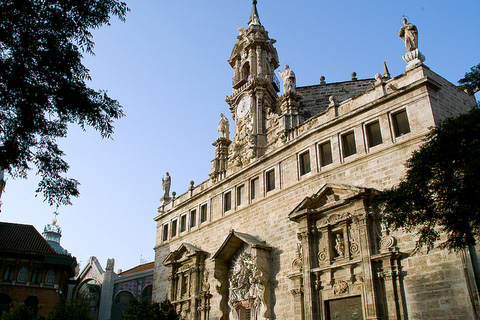
La Iglesia de los Santos Juanes 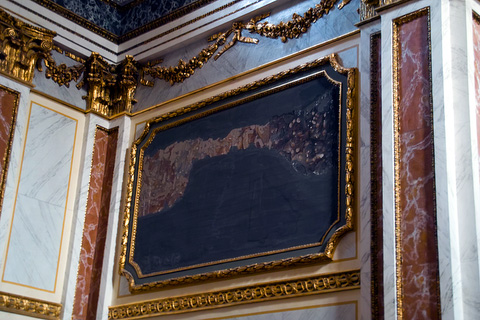
La Iglesia de los Santos Juanes 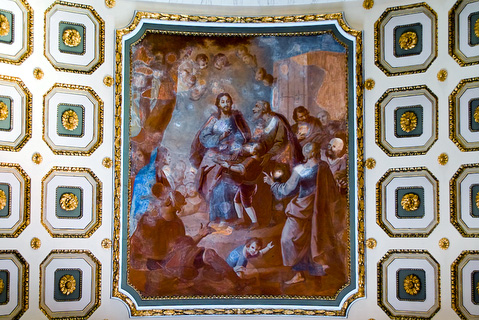
La Iglesia de los Santos Juanes 
La Iglesia de los Santos Juanes 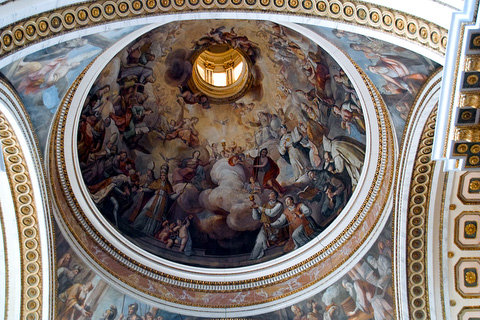
La Iglesia de los Santos Juanes 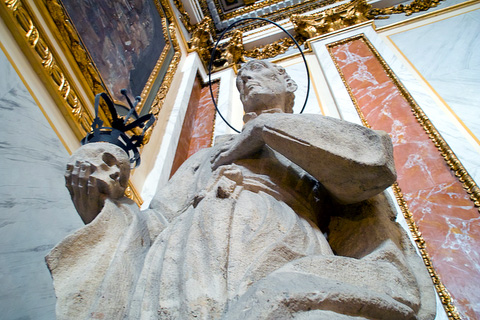
La Iglesia de los Santos Juanes 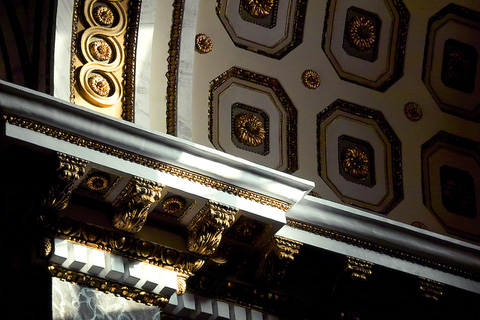
La Iglesia de los Santos Juanes 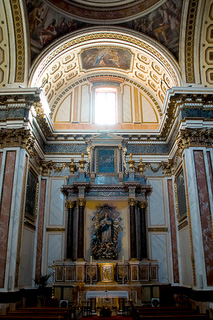
La Iglesia de los Santos Juanes 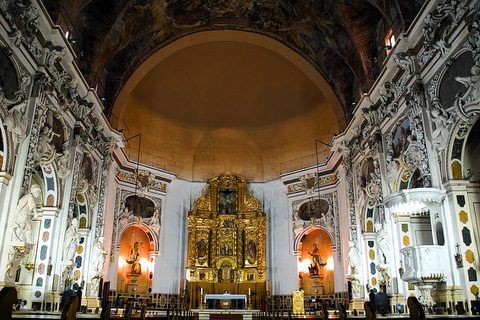
La Iglesia de los Santos Juanes 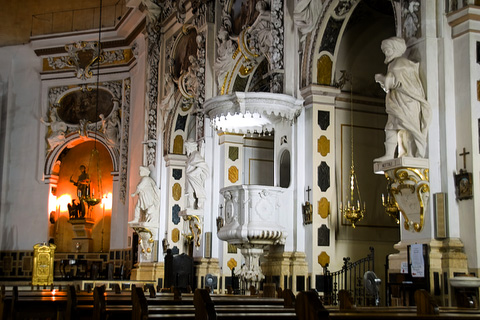
La Iglesia de los Santos Juanes 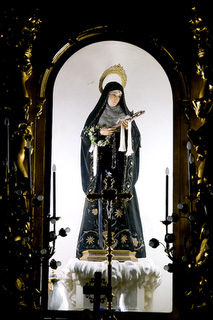
La Iglesia de los Santos Juanes 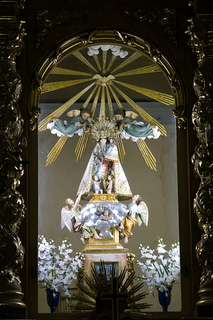
La Iglesia de los Santos Juanes 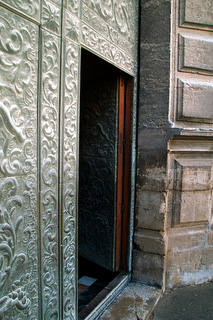
La Iglesia de los Santos Juanes 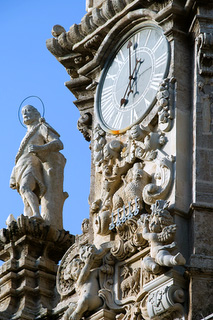
La Iglesia de los Santos Juanes 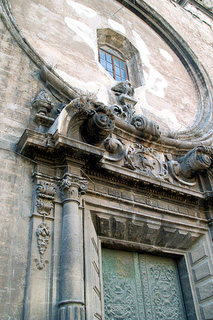
La Iglesia de los Santos Juanes 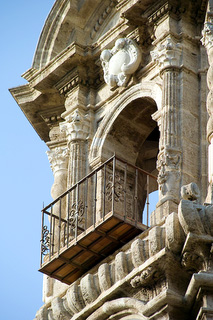
La Iglesia de los Santos Juanes 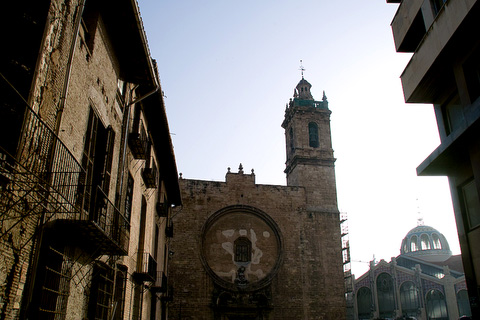
La Iglesia de los Santos Juanes 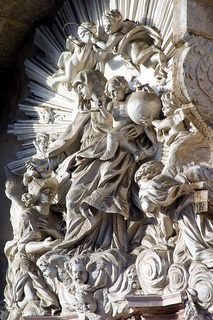
La Iglesia de los Santos Juanes
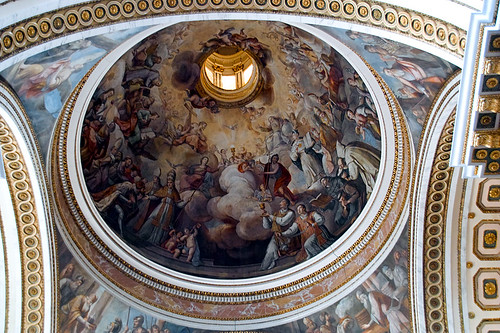
Pingback: the Last Supper « WeWasteTime